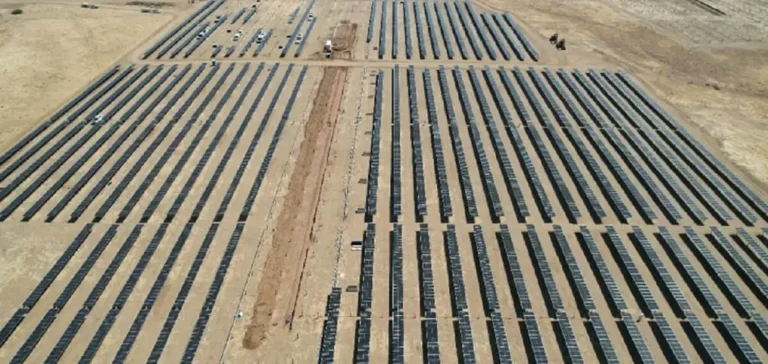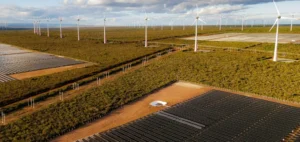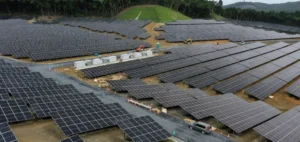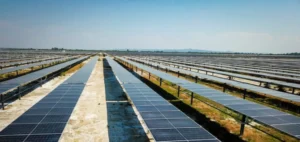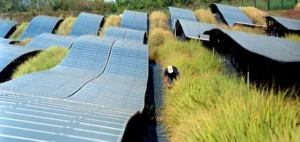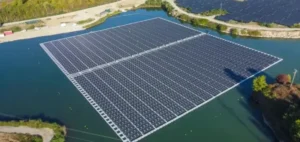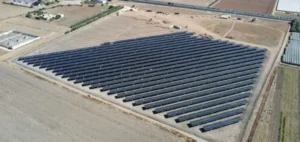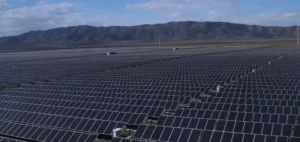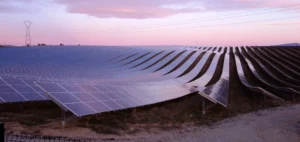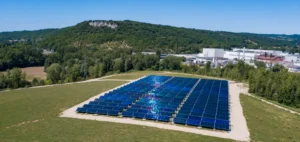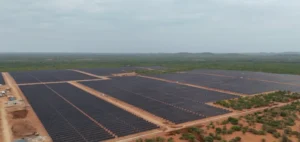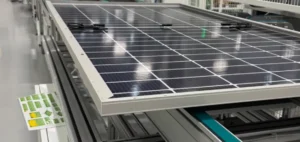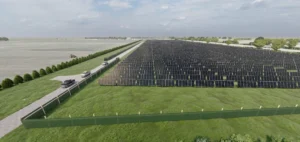The Camino Solar project, located in Kern County, California, marks a milestone in the integration of advanced automation for solar infrastructure. Stem, an international provider of software and energy optimisation services, has commissioned an automation platform for this 57-megawatt (MW) site, designed and delivered by Avangrid, a member of the Iberdrola group.
Compliance with IEEE 2800 standards for grid integration
The implemented system notably includes the PowerTrack Power Plant Controller (PPC) from Stem, configured in accordance with the strictest technical requirements of the California Independent System Operator (CAISO) for connection to the grid operated by Southern California Edison. The IEEE 2800 standard, adopted by the Institute of Electrical and Electronics Engineers (IEEE) in 2022, defines the minimum interconnection, capacity and performance requirements for inverter-based resources. Few software platforms are currently aligned with this standard, whose application by grid operators is increasing.
In addition to automated control, the system includes a data acquisition platform capable of monitoring nearly 8,000 real-time data points. This capability meets CAISO’s telemetry requirements, enabling the active participation of the Camino Solar site in California’s electricity markets.
Economic impacts and industrial partnerships
The Camino Solar project also demonstrates the growing importance of software integration in the economic optimisation of solar assets. The design, project management, procurement, configuration and commissioning of Stem’s systems enabled the site to meet the reliability criteria imposed on large-scale infrastructure, equivalent to those expected for a 300 MW power plant.
The regional economic impact resulted in the creation of approximately 100 jobs during construction, with a significant mobilisation of local unionised labour. Overall, the project is expected to generate close to USD 15 mn (approximately EUR 13.8 mn) in tax revenues for Californian communities over its operational lifetime.
Development of the software offering for Californian solar
The partnership between Stem and Avangrid continues at several sites, with Camino Solar constituting the third joint project to date. The multiplication of these collaborations reflects the increasing role of intelligent solutions dedicated to the dynamic management of renewable energy in the North American market.
The widespread use of inverter-based resources on the Californian grid now requires automation tools and real-time data management systems to ensure the stability of the electricity system in the face of variable solar production. Stem thus aims to strengthen its position in this strategic segment, in a context of rapidly evolving integration standards and energy market expectations.


